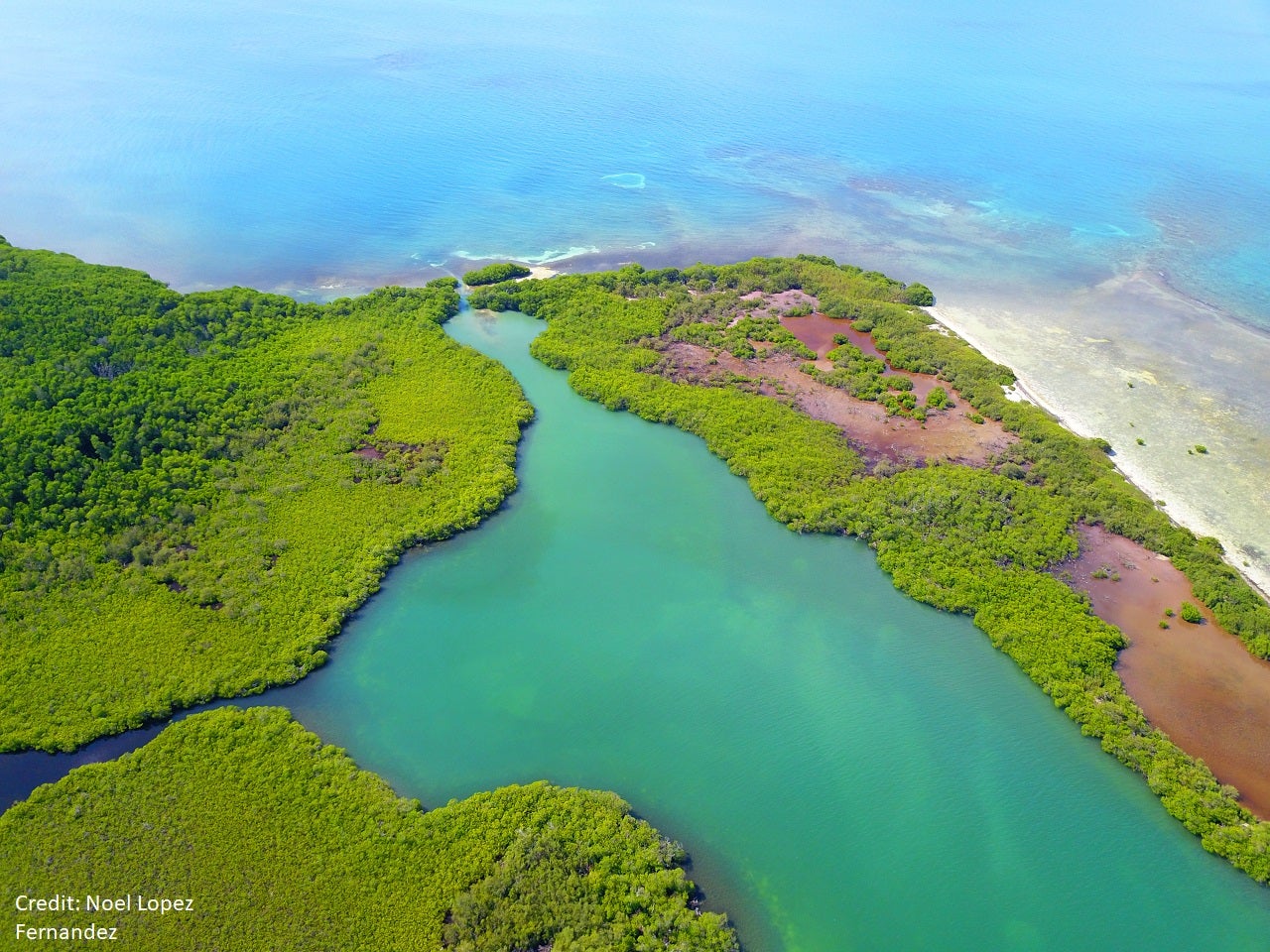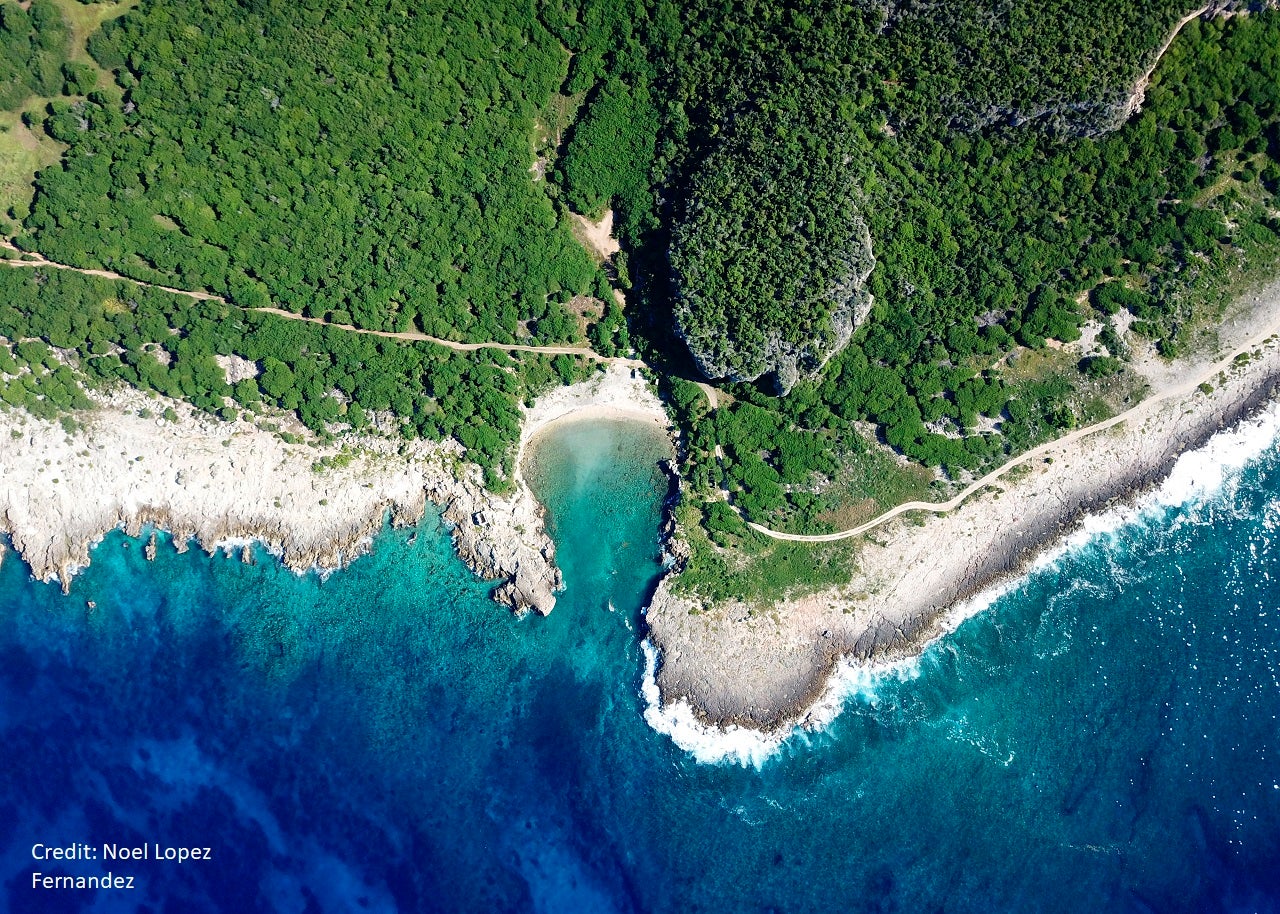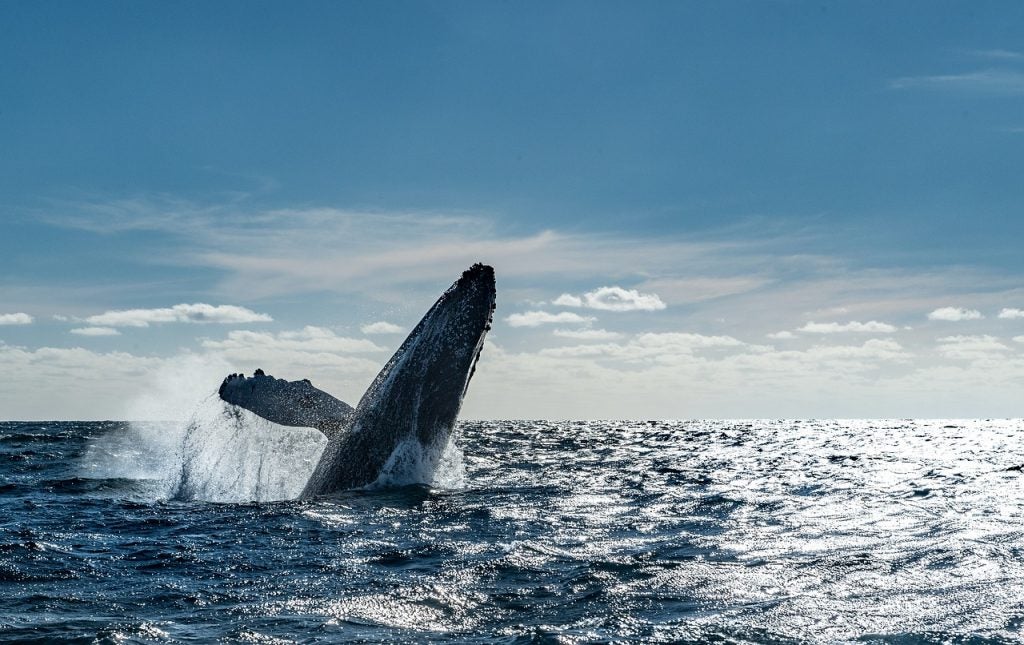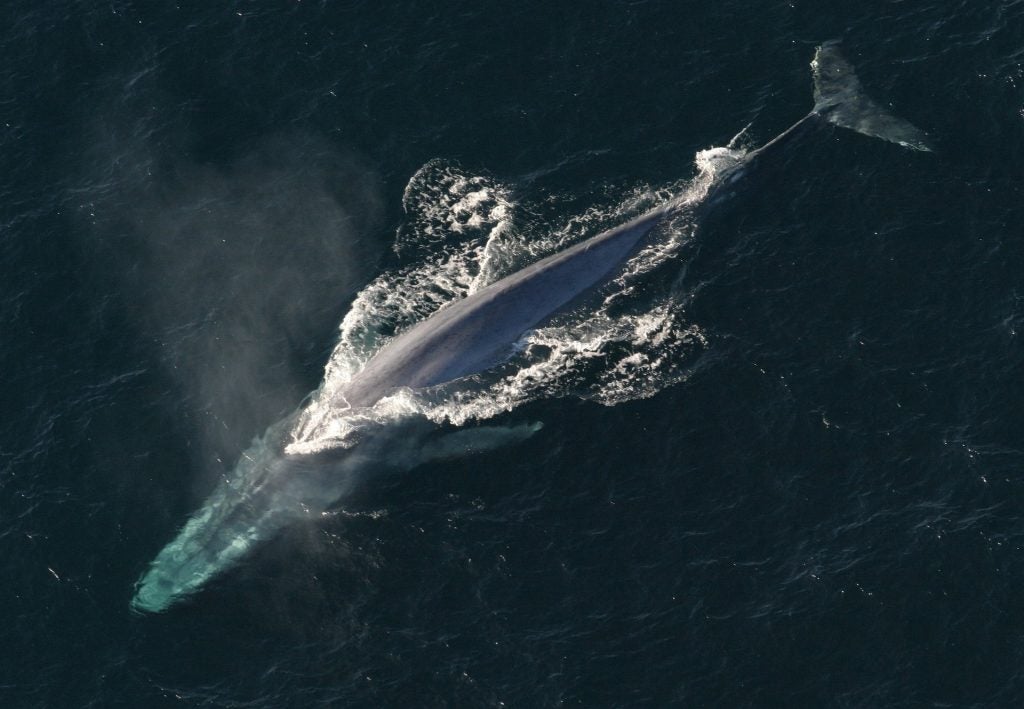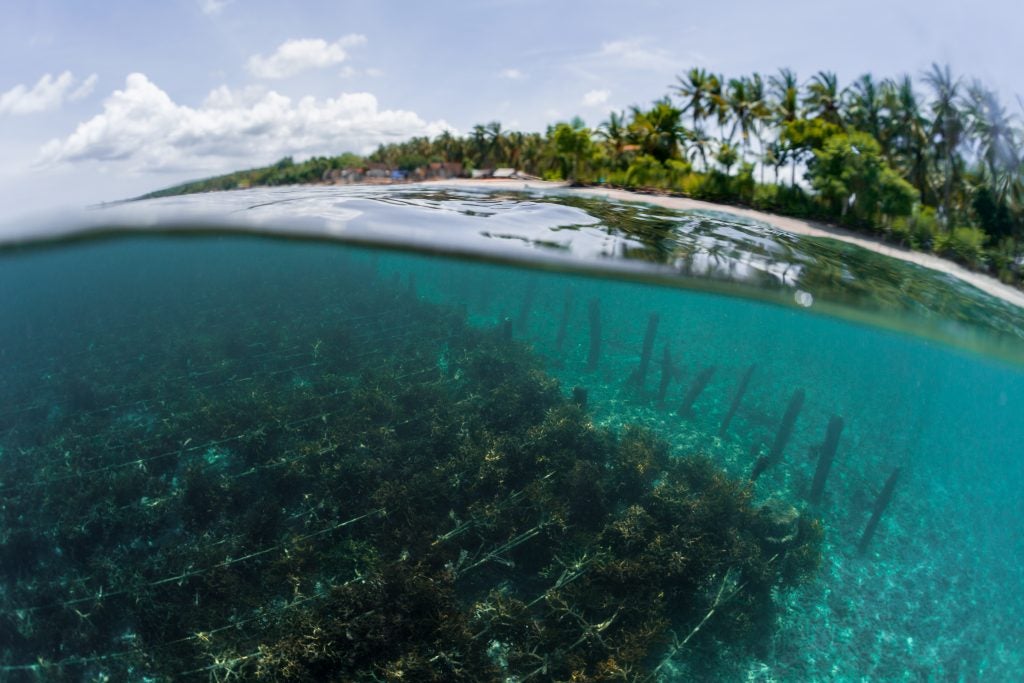By: Kristin M. Kleisner and Jamie Collins
As we embark this year on the United Nations Ocean Decade, you may be hearing quite a bit about blue carbon. But what is it, and why is it so important for the future of our planet? Well, the oceans play a critical role in trapping carbon, and they have absorbed about a third of all human-generated carbon emissions since the start of the Industrial Revolution. This is important because the carbon that human activity has released into the atmosphere acts as an accelerator of climate change.
When carbon is stored naturally in the various parts of ocean and coastal ecosystems — sequestering it, or taking it out of the atmosphere, where it could contribute to warming — we call it blue carbon. The blue carbon storage reservoir includes waters, sediments, and marine plants and animals. Unfortunately, loss of habitat, overfishing and other human impacts, including those from climate change, are reducing the ability of the oceans to trap carbon. That’s why we are exploring pathways to restore these benefits now and help to secure a better future for us all. You can learn more about blue carbon and some of the ways in which we may be able to restore key pathways using this interactive site. Read More










